ABOUT ARRAS
Arras and the pays d’Artois good living in the heart of history
Ideally situated at an equal distance from the great capitals of Northern Europe, less than two hours from London and Brussels and just 50 minutes from Paris, the Pays d’Artois is the favoured destination for lovers of wonderful getaways seeking escape for the length of a relaxing weekend, an event-filled week or inspiring holidays. The unique architectural environment of the Artesian capital, the timeless charm of the surrounding countryside and the characterful villages of the Pays d’Artois create a backdrop that is out of time, shaped by 20 centuries of history, where nature and heritage combine their gifts to nurture an authentic gentle lifestyle and to cultivate the art of wonderful encounters.
The unusual history of a universal city
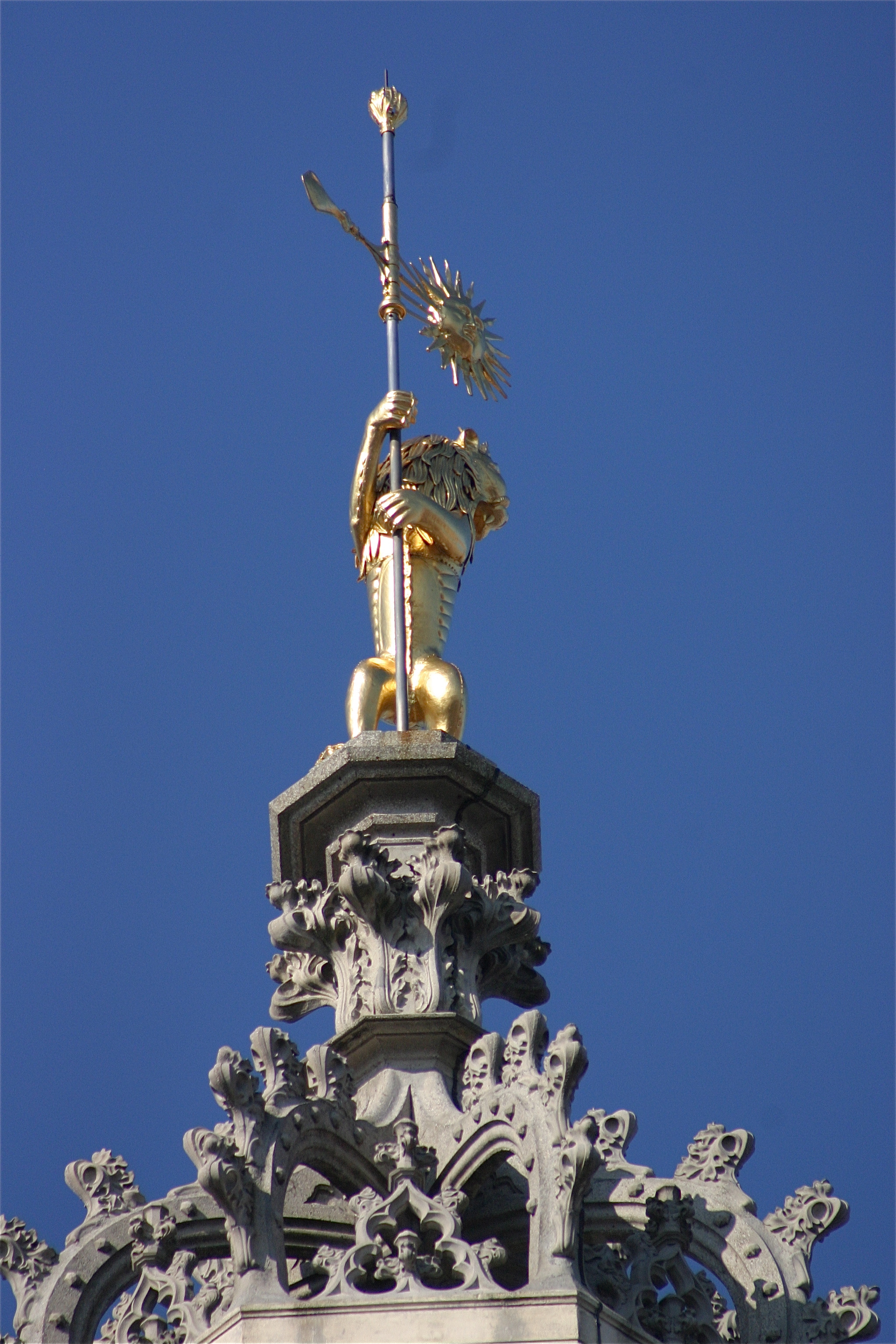
A share in humanity’s heritage
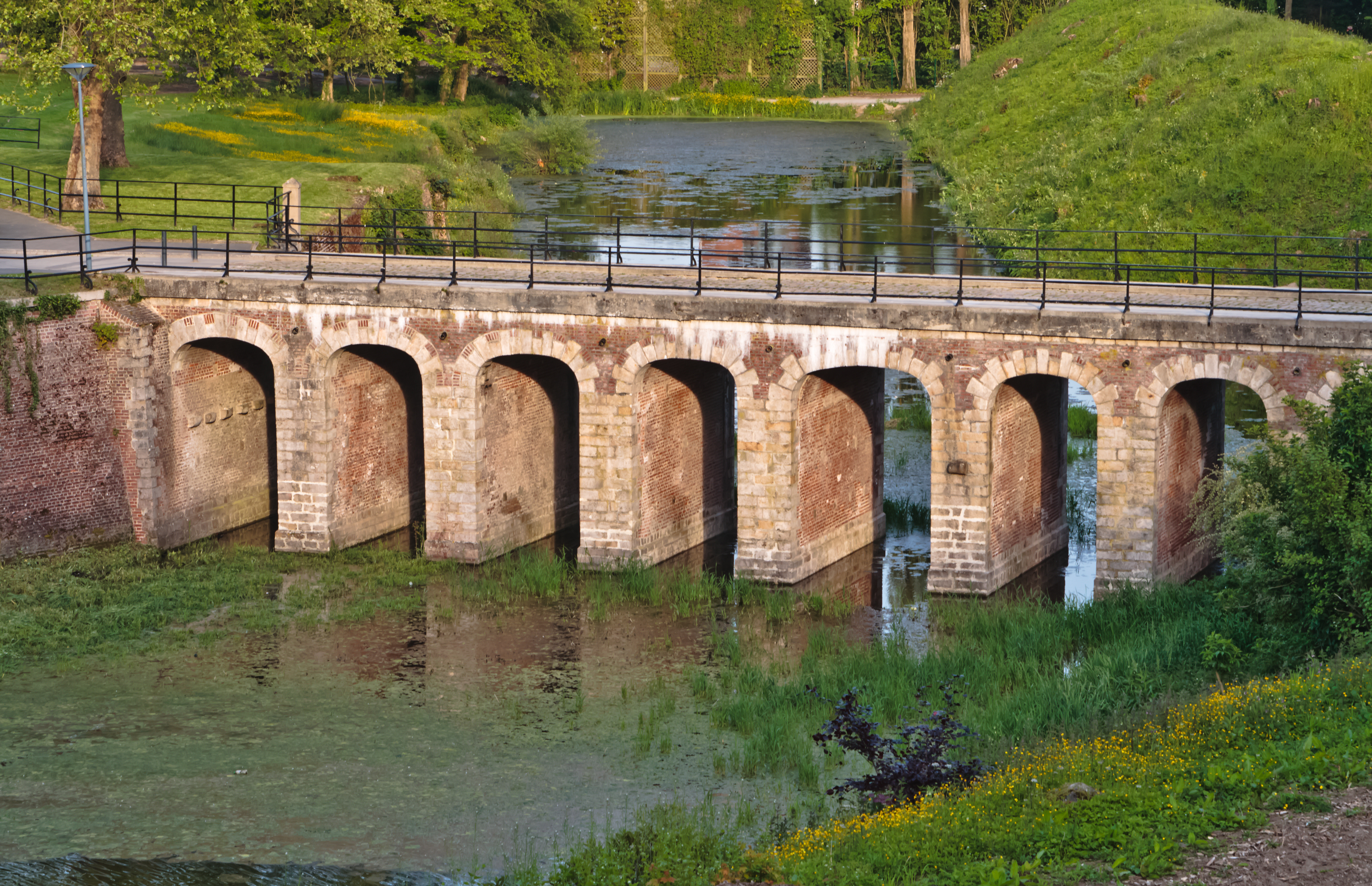
A backdrop crying out to host events
In the minds of the people of Arras, the architectural jewels are just made to be occupied, lived in… with an authentic gift for good living. Faithful to its artistic and trading origins, Arras is a lively city all year round, with colourful markets, café terraces, traditional restaurants, unique eateries, themed bars, food outlets, artisan creators and fascinating boutiques which draw visitors into a warm and friendly atmosphere. Not a month goes by without a festival, a traditional celebration, a major exhibition, an urban installation, in addition to hundreds of cultural and artistic events scheduled every year.
A history entwined with the Pays d’Artois
The long-established agricultural capital is never very far from its original cradle. The Artois countryside begins just a few hundred metres from the historic centre, beyond the boulevards that mark the location of the former fortifications. Inextricably linked with the legendary breadbasket of France, it is savoured as a natural extension of the good living to be had in Arras. The Scarpe Valley, which crosses the Pays d’Artois from west to east, constitutes the backbone of the territory, almost entirely dedicated to open-air leisure and fitness activities. On either side, vast plains and the first Artois hills extend as far as the eye can see. This is the home of châteaux, attired in their eighteenth-century splendour, the remains of once-powerful abbeys, hamlets of white stone offering glimpses of discreet farms with square courtyards, small village squares decked with flowers, some overlooked by characteristic churches with the emblematic flèches à crochet pointed spires… all punctuate walking routes that run through landscapes of astonishing variety. It is also the land of Mother Earth, where market gardeners, livestock farmers, fish farmers, beekeepers and ecofarmers perpetuate and renew the age-old tradition of short supply circuits between town and country. From north to south, and passing through the east of Arras, it is also a land of remembrance, where hundreds of military cemeteries and monuments to all nationalities tell the story of a global battlefield at the dawn of the twentieth century.
SOCIAL EVENTS
Visit the squares of Arras
Squares for emotion… The epicentre of the city’s famed art of living, the squares - with their centuries-old and colourful markets, their café terraces, their restaurants nestling in cellars or under archways, their themed bars, their shops offering delicacies and local specialities - seem to have been designed from the outset to create endless enjoyment and exchanges. The uninterrupted run of the 155 Baroque facades surrounding the Grand’Place and the Place des Héros form an architectural ensemble that is without peer in Europe, providing a sumptuous setting for the Town Hall and its Belfry. Behind-the-scenes visits of this exceptional décor are possible, “from cellar to attic”: from the underground circuit of the Boves to the prestigious Town Hall function rooms and the first level of the Belfry, to take in a panoramic vista over the city and its surrounding countryside. The Grand’Place of Arras Originally developed to host enormous markets, from as far back as the twelfth century the Grand’Place has been an essential place of exchange for a flourishing international trade. It was the home of a grain market which was “one of the largest in France” in the eighteenth century. The wheat sheaves sculpted on the facades are an indication of this local agricultural wealth. Also witness to 1,000 years of history, down the centuries it has seen a succession of tournaments, jubilant entrances by princes and sovereigns, military reviews and more besides… Les Trois Luppars (House of Three Leopards), the oldest house in Arras (1467), with its pas de moineaux, or “sparrow step”, gable constructed entirely out of brick, served as the basis for the alignment of the houses on the squares. However, from the seventeenth century the Gothic style of the facade gave way to the Baroque style with barrel archways and Flemish gables. After the bombardments of the Great War, many houses were gutted and left in ruins. This was the fate of one side of the Grand’Place, which was then reconstructed identically.
The Place des Héros
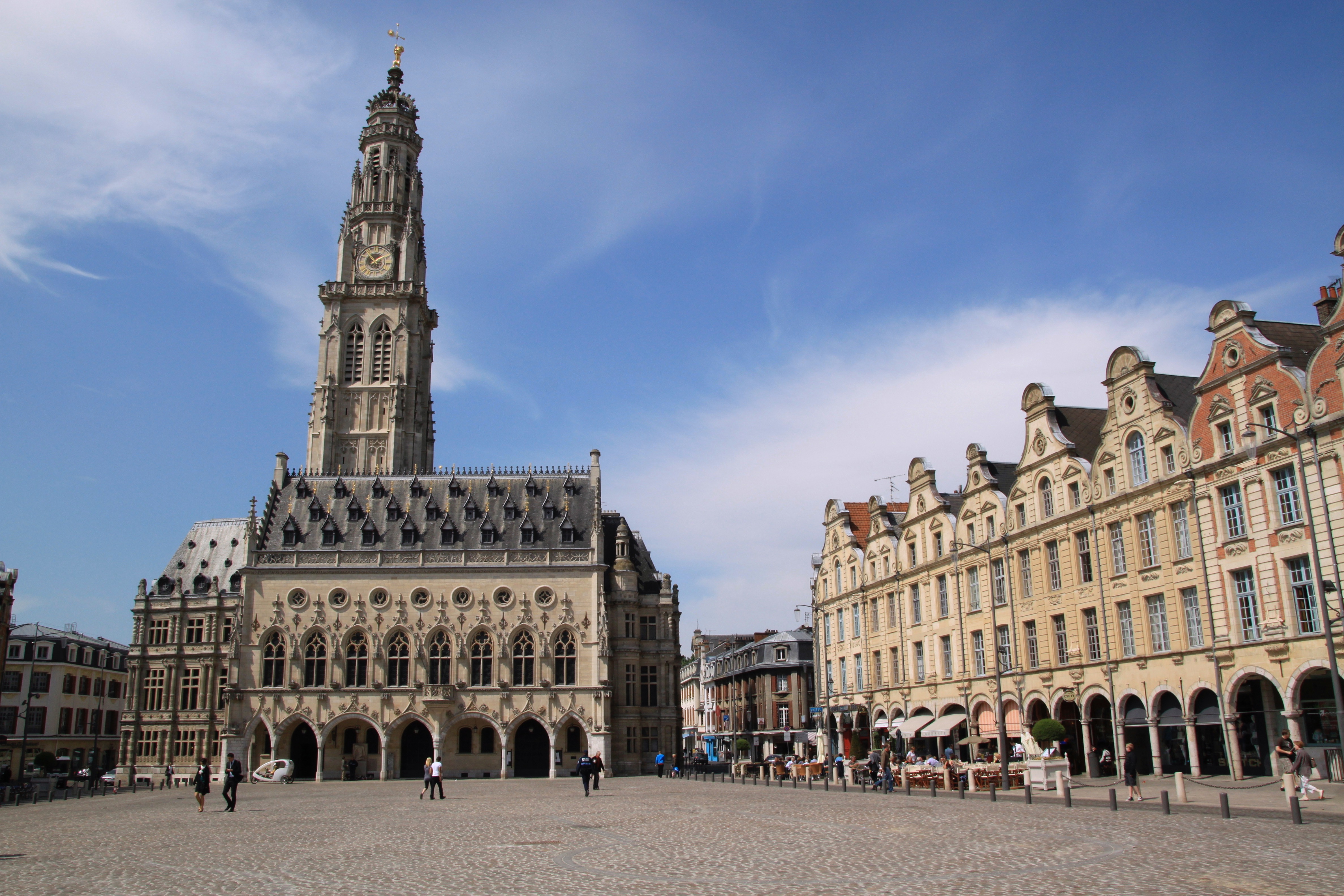
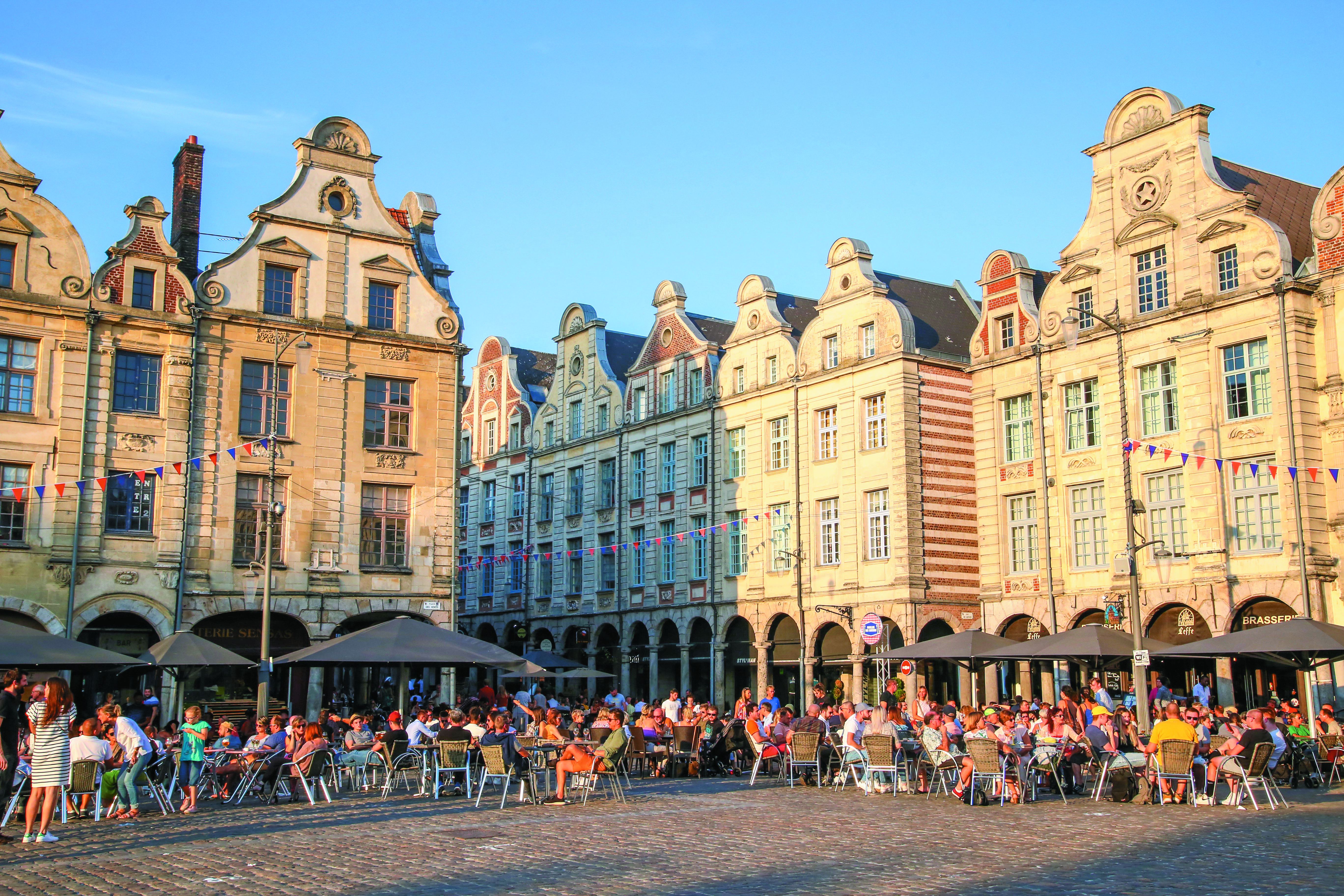
The belfry
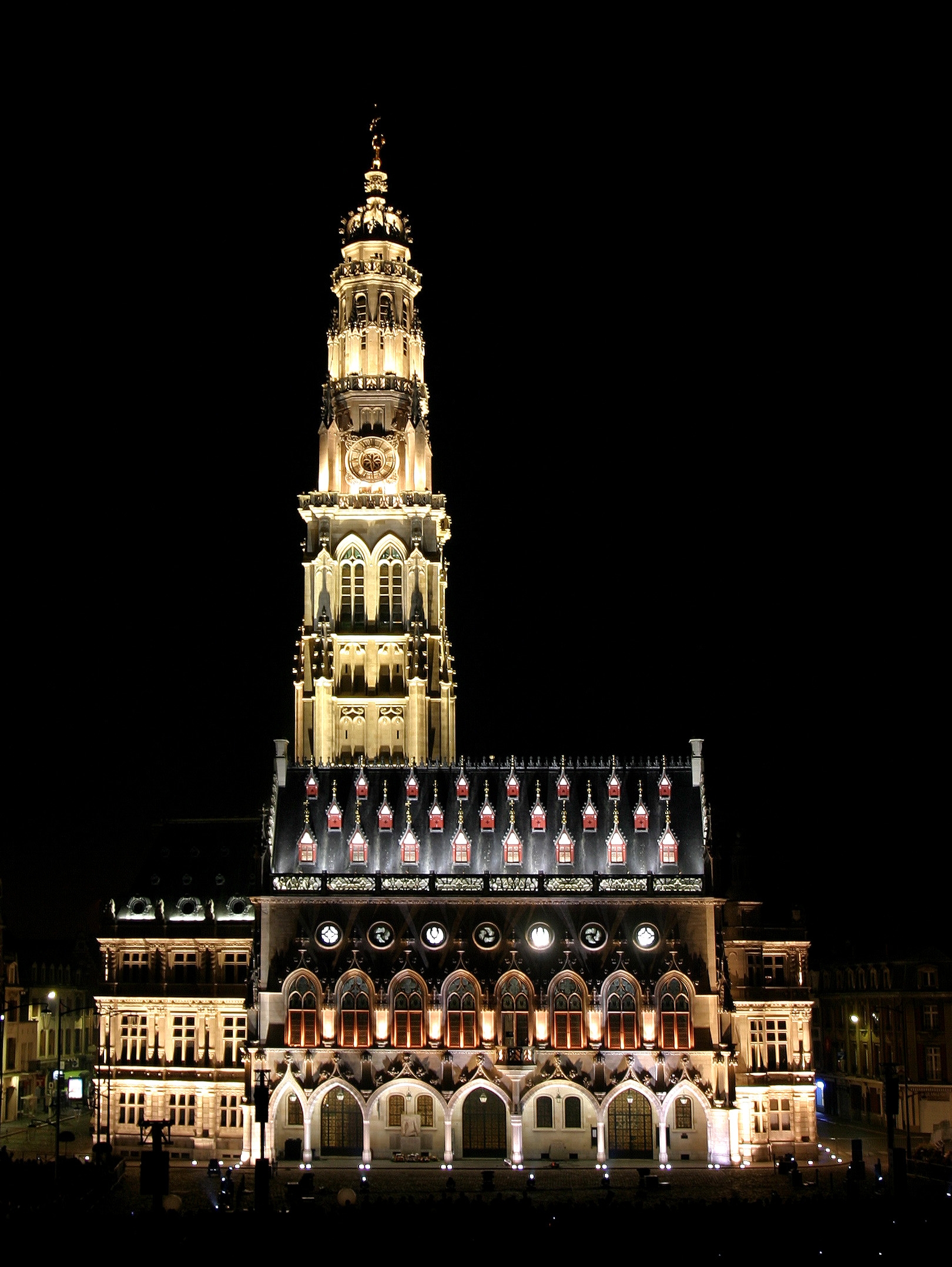
The Town Hall, an Art déco masterpiece
Constructed in the early sixteenth century in the purest Flamboyant Gothic style, the Town Hall housed the market hall and the aldermen’s chamber. Two wings were later added to complete the building. One to the south, of Renaissance inspiration, in 1572. The second to the north, decorated with numerous decorative motifs, was constructed under Napoleon III. Destroyed during the First World War, it was identically reconstructed by Pierre Paquet, Architect-in-Chief for Historical Monuments. The Town Hall invites you into its prestigious function rooms, created in the aftermath of the First World War. The interior of the Town Hall exemplifies the Art Deco style, honored during the reconstruction. Admire the paintings, sculptures and wrought ironwork executed in the 1930s by the greatest craftsmen of their art and which adorn the Guard Room, the Reception Hall, the Wedding Hall and the Council Chamber.
Tasting of local beers and cheeses
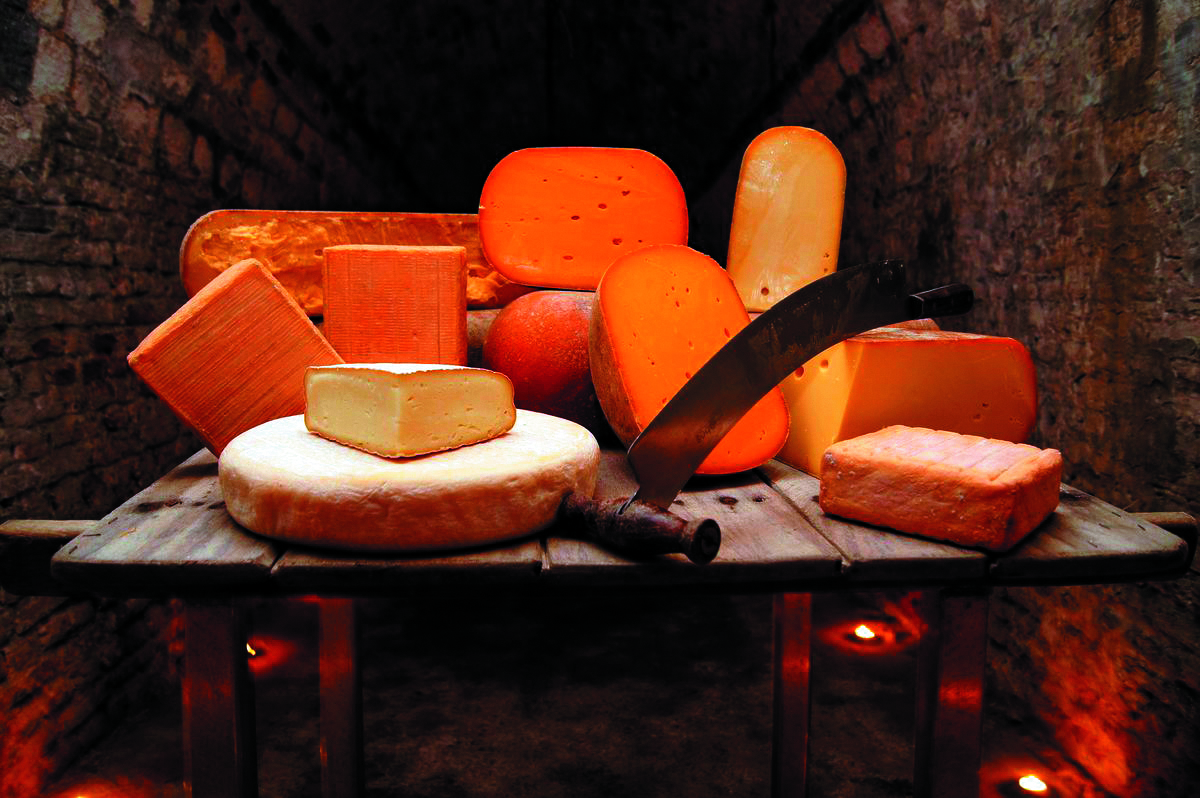
The Wellington Tunnels
20 metres below the pavements of Arras, discover the Wellington tunnels, a site immersed in memory and emotion. In November 1916, the British started preparing for the 1917 spring offensive. Their stroke of genius: to have the New Zealand tunnellers connect up the town’s chalk extraction tunnels to create a real network of underground barracks large enough to accommodate up to 24,000 soldiers. After a 20-metre descent in a glass-fronted lift, the audio guided and escorted visit plunges the visitor into the site’s atmosphere. A strategic location as well as a living space, the Quarry, named Wellington by the New Zealand sappers, preserves the memory of those thousands of soldiers quartered underground just a few metres from the front, before launching themselves onto the field of battle on 9th April 1917 at 5.30 in the morning, in a surprise attack on the German positions. Through the projection of a film, coming to the surface in the soldiers’ footsteps bring the shock of battle to life. Site accessible to persons with reduced mobility.
Gala Dinner at the Arras golf course
Cocktail Reception & Banquet at FAIRWAY HOTEL & SPA – ARRAS GOLF COURSE